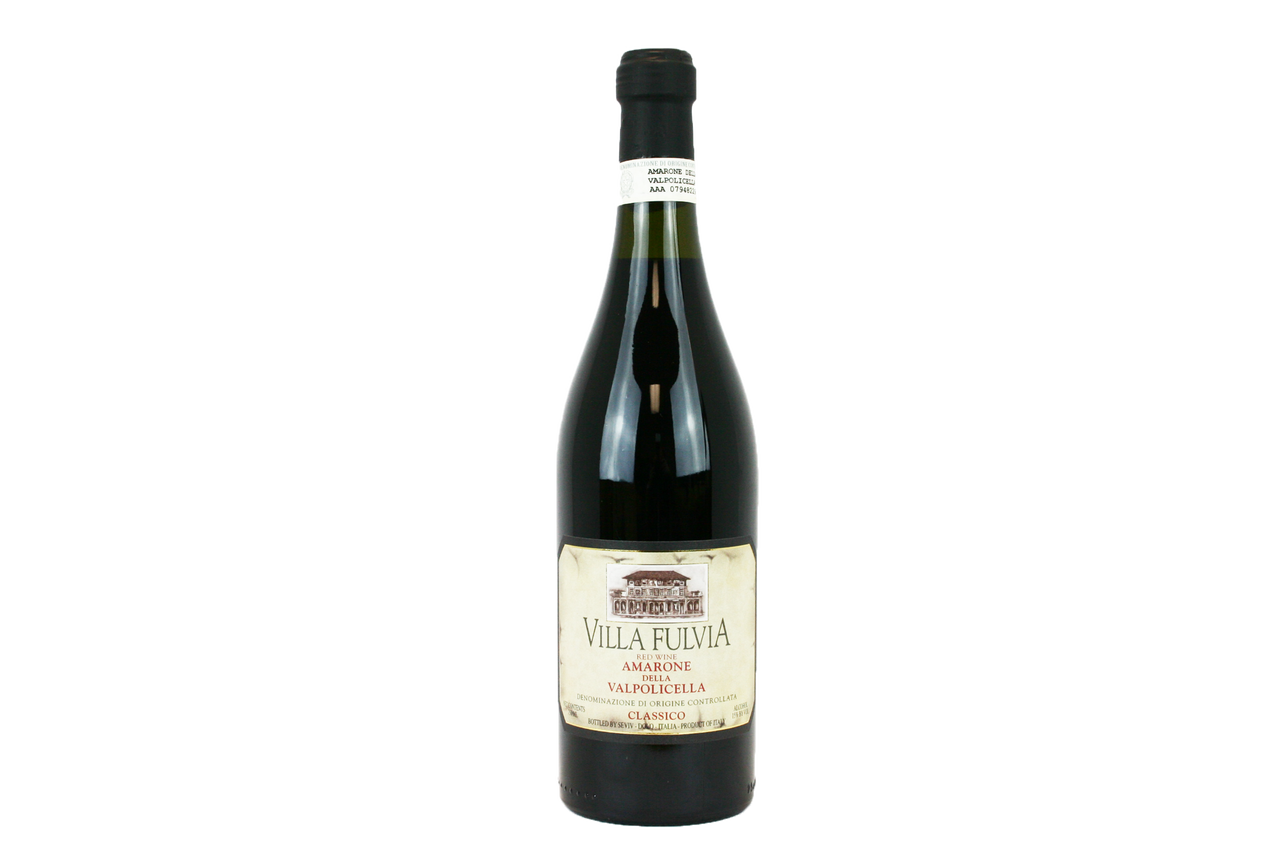Sometimes we ask for salespeople’s recommendations when we buy wine at a store. You may ask them to recommend a bottle of dry wine and open it at home only to find it’s not as quite dry as you expected.
Sweetness in wine can be largely attributed to three components.
Firstly, your wine may have a certain amount of residual sugar. It gives you a fuller mouth-feel and serves to mask other components such as acidity, bitterness and tannin. Also, a small amount of sugar is not fermentable. Secondly, alcohol plays an important role. If the alcohol content is high, the wine tastes sweeter. Some people think that they can estimate the level of alcohol through mouthfeel, but it’s hard to know. The interplay of many components in wine affects its taste and it is not always that easy to know alcohol levels. Finally, glycerol plays a role. If you swirl the wine and then observe the glass, you will see “tears”, sometimes called “legs”, slowly descending. This is glycerol. It imparts a feeling of sweetness and roundness. Higher alcohol wines do have higher levels of glycerol but glycerol is formed in other ways too.
So, even without residual sugar in wine, it still can taste sweet if it has high alcohol and / or glycerol content. The gentle sweetness from a small amount of residual sugar is not that easy to differentiate from alcohol and / or glycerol sweetness, even for tasters with some experience.
This is the reason why you sometimes discern sweetness in a “dry” wine.
.
Do you want to taste a wine that is technically dry but has an impression of sweetness?
Click on the bottle below.
Selected by Peter Koff MW
.
Want to receive complimentary educational posts via email?
Please subscribe below.
Copyright © 2018 GreatWine2U.com. All rights reserved.


